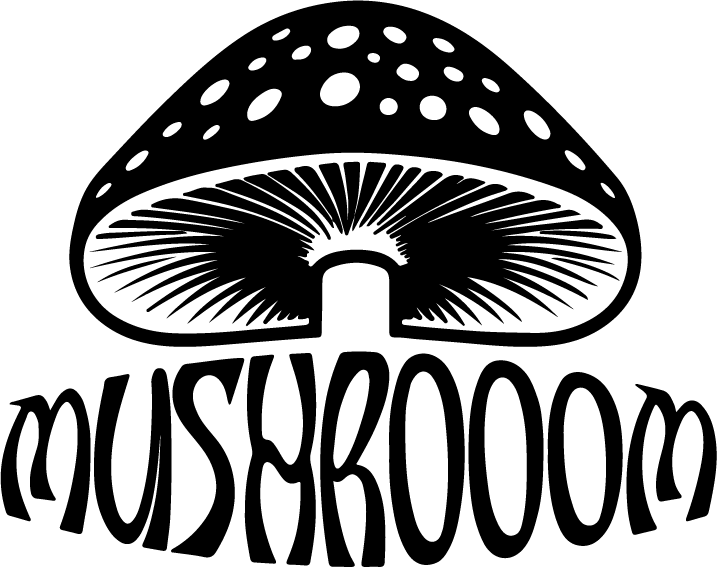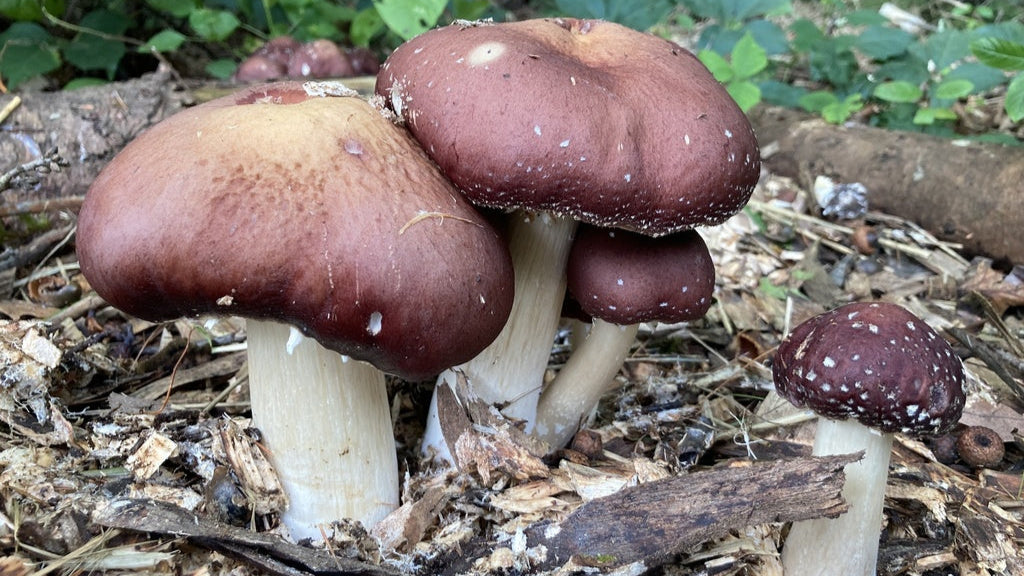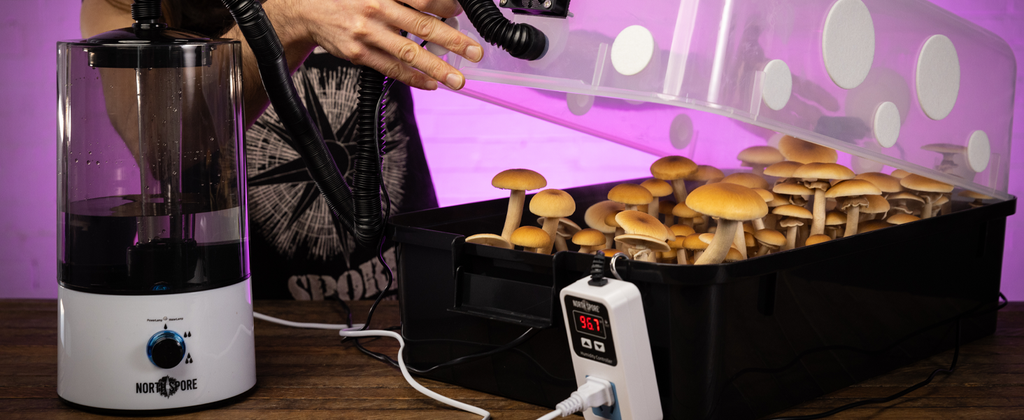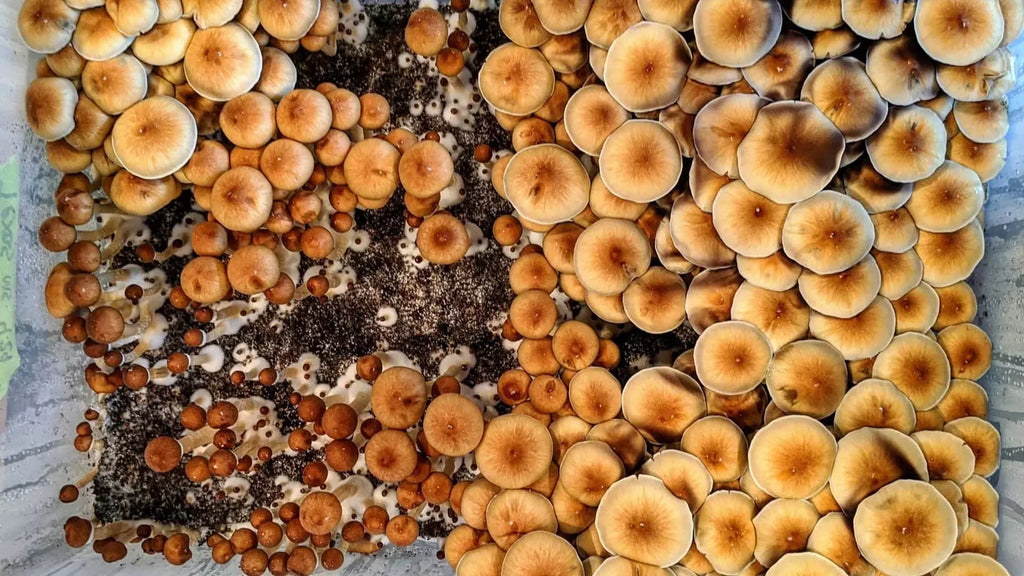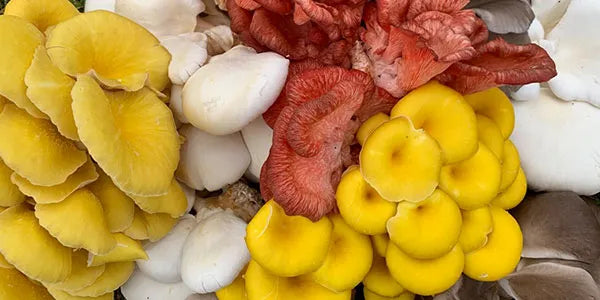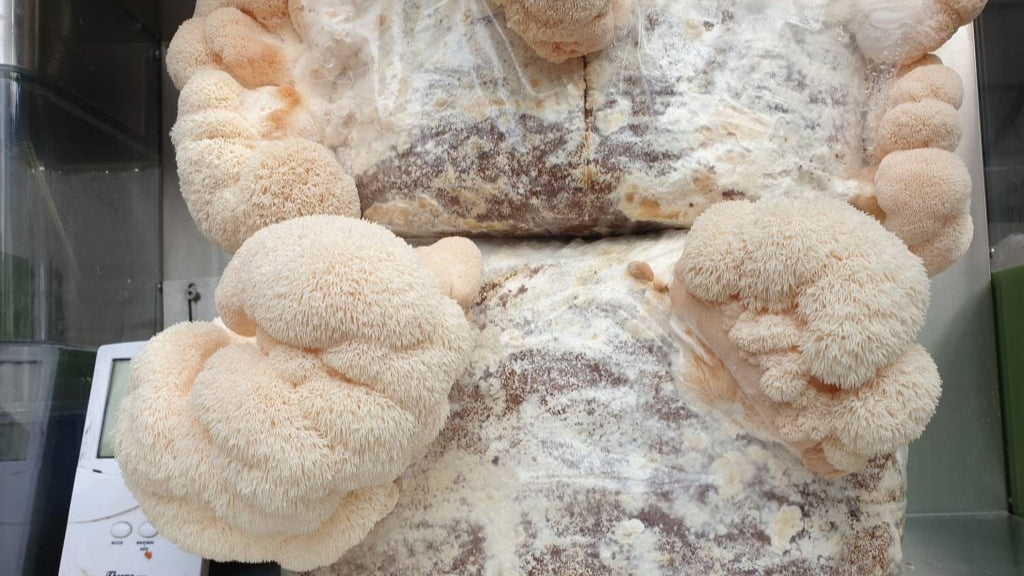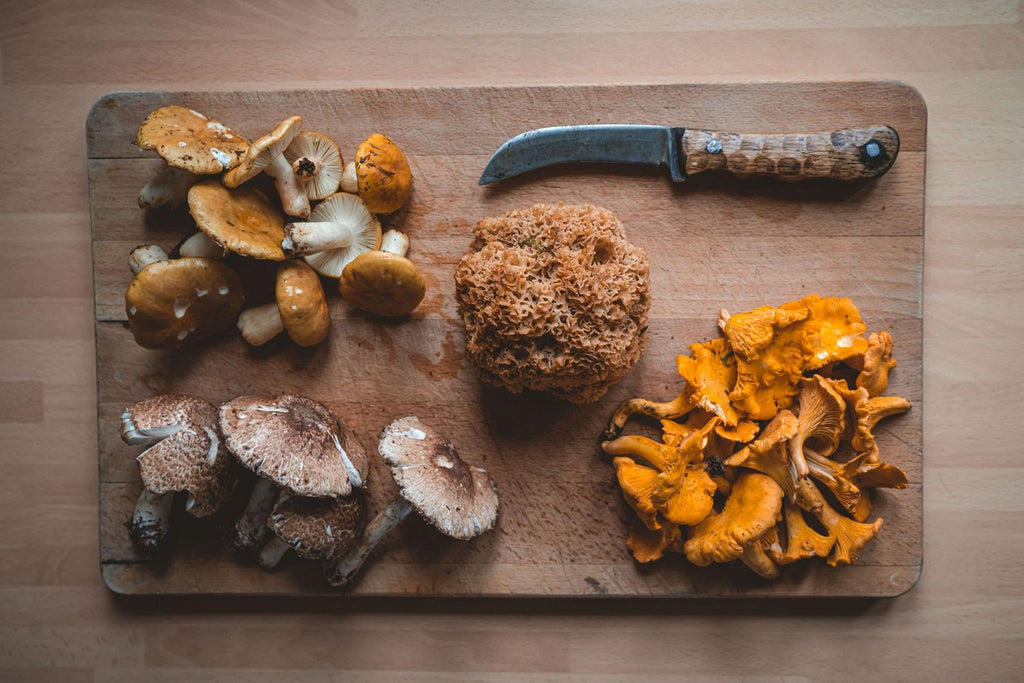
Essential Tools for a Successful Harvest

Whether you're a beginner looking to grow your first flush of oyster mushrooms or a seasoned cultivator ready to step up your grow game, having the right tools makes all the difference. From inoculation to harvest, each stage of the mushroom cultivation process requires specific equipment to ensure cleanliness, efficiency, and high yields. In this blog, we’ll walk you through the must-have tools every mushroom grower needs for a thriving setup.
Why the Right Tools Matter in Mushroom Cultivation
Mushroom growing is equal parts science and art. Success depends on maintaining sterile conditions, optimizing environmental variables like humidity and light, and closely monitoring each growth phase. The right tools not only reduce contamination risks but also improve your yield and overall efficiency. Let’s break down the tools by cultivation stage.
Inoculation & Lab Work: Starting with Sterility
This is where it all begins. Creating clean cultures and inoculating your spawn requires a sterile environment and precise handling tools:
Pressure Cooker or Autoclave – Sterilizes grains, agar, and lab tools.
Still Air Box (SAB) or Laminar Flow Hood – Provides a sterile workspace.
Scalpel or Inoculation Loop – For clean transfers.
Petri Dishes / Agar Plates – Used to grow mycelium cultures.
Parafilm or Micropore Tape – Seals petri dishes and jars.
Isopropyl Alcohol (70%) – Sterilizes tools and surfaces.
Nitrile Gloves & Face Mask – Minimizes contamination.
Alcohol Lamp or Butane Lighter – Flame-sterilize tools between uses.
Feeding the Mycelium
After inoculation, your mycelium needs nutritious grain to expand:
Mason Jars or Autoclavable Bags – Containers for grain colonization.
Grain (e.g., millet, rye, corn) – The substrate for spawn.
Modified Jar Lids – Include injection ports and filters for gas exchange.
Mixing Bowl or Bucket – Used to soak and prep grains.
Digital Scale – Accurate measurements for consistency.
Bulk Substrate & Mixing Tools
Your grain spawn eventually moves into bulk substrate to begin fruiting:
Coco Coir, Vermiculite, Straw, or Manure – Common bulk substrates.
Large Buckets or Totes – For mixing and pasteurizing substrates.
Hydrometer / Thermometer – Ensures proper moisture and temp levels.
Drill with Paddle Mixer – Speeds up substrate prep.
Myco Bags / Oven Bags – For sterilizing and storing substrate.
Fruiting Chambers & Environmental Control
This is where mushrooms take shape. Environmental stability is key:
Mono tub, Martha Tent, or Grow Tent – Creates a fruiting chamber.
Humidifier with Controller – Maintains high humidity (85–95%).
Fan or Air Circulation System – Helps release CO2.
LED Grow Light (6500K) – Provides the right light spectrum.
Drill with Hole Saw – For FAE holes in tubs.
Micropore Tape or Polyfill – Filters fresh air holes.
Hygrometer – Monitors humidity and temperature in real-time.
Harvesting & Post-Harvest Tools
Proper harvesting tools preserve mushroom quality and improve storage:
Harvest Knife or Scissors – Clean cuts reduce substrate damage.
Dehydrator (Low Temp) – Ideal for drying and preserving mushrooms.
Vacuum Sealer / Mylar Bags – Long-term storage solutions.
Brush or Tweezers – Remove dirt or debris without harming mushrooms.
Grow Logbook / Tracker App – Record yields, strains, and dates.
Optional Tech for the Serious Grower
Want to optimize and geek out? Consider these upgrades:
pH Meter – Helpful when using manure-based substrates.
Microscope – Inspect spore prints and contaminants.
UV-C Sterilizer Wand – Extra protection for surfaces.
Time Lapse Camera – Capture pinning and growth over time.
Infrared Thermometer Gun – Spot-check substrate temps.
Mushroom growing can be incredibly rewarding with the right setup. Investing in quality tools upfront helps you avoid contamination, reduce waste, and grow bountiful flushes. Whether you're running a hobbyist mono tub or a mini-farm in a spare room, this toolbox will set you up for success.
Looking for more? Check out our recommended gear guides and budget setup breakdowns in upcoming posts.
Don’t forget to bookmark this guide and share it with your fellow myco-friends! Happy growing!
